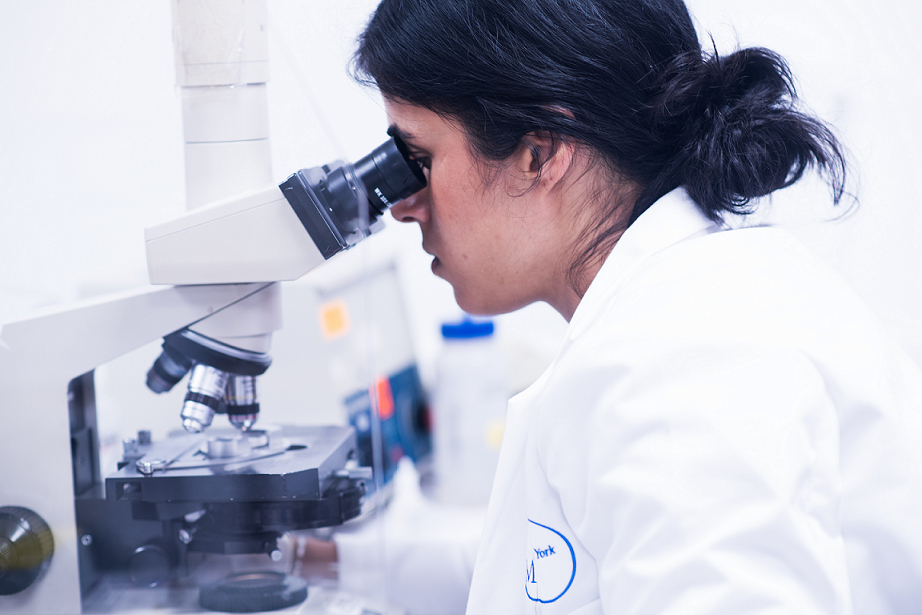What is a Semen Analysis?

One of the first steps in many couples’ fertility journey is the semen analysis. Along with a thorough medical history the semen analysis is one of the most important parts of evaluating male fertility. How this modern test evolved and is still evolving is an interesting story and is a timeline showing how technological advancement and curiosity of scientific pursuits has become a mainstay in reproductive medicine.
The microscope was first developed in the late-16th century with capability of up to 10x magnification. By the mid-17th century improvements driven by physicists in manipulating the shape of glass lenses of microscopes enabled magnification of up to 300x. This technological breakthrough was enough to allow for the first time visualization of the components within seminal fluid. In November 1677 Antonie van Leeuwenhoek a Dutch businessman and self-taught scientist wrote a letter to the Royal Society of London, reporting live ‘animalcules’ in seminal fluid (roosters and humans) that remained alive for more than 24 hours. Within 15 days of this letter being published two other collaborating researchers: Christiaan Huygens, a Dutch physicist and mathematician who dabbled in microscopy, and Nicolaas Hartsoeker, also a physicist and mathematician from the Netherlands, published their findings of “tadpole like” animals in rooster semen.
The significance of these “tadpole like” animals in seminal fluid was the subject of great debate. Perhaps they were parasites or could they be what were coined in that era the male ‘seed’? There are few references for the next two centuries of the use of microscopic examination of seminal fluid for fertility evaluation but by the mid-19th century the presence or absence of sperm in fluid obtained from the cervix of a woman post sexual intercourse was reported, the post-coital test. The challenge from this time on has been to ensure that the observations made from the microscopic analysis of seminal fluid is interpreted within a meaningful frame of reference.
The World Health Organization (WHO) addressed the growing demand for reliable reference data and standardized protocols for assessing semen in the” Laboratory manual for the examination and processing of human sperm” first published in 1980. The latest and fifth edition was published in 2010 and this is the reference data or normative values that we use today. It was recognized that not only were the volume of seminal fluid, the sperm concentration (count), and percentage of motile sperm highly variable between different patients but also within the same patient, at different times. The conditions that were identified as commonly causing variation in a semen analysis within the same person were: the period of time from one ejaculation to another (period of or days of abstinence), the period of time between collecting the sample, and when the sample was analyzed and if a portion of the sample was lost or spilt at the time of collection.
These variables are the basis of the questions an andrology technician will ask a patient who is giving a semen sample for analysis. The period of abstinence can be linked to changes in the volume, sperm concentration, and percentage of motile sperm present in a semen sample. A short period of abstinence may lead to a lower semen volume and lower concentration of sperm often with a higher percentage of motile sperm. Not surprisingly the opposite is commonly seen with a long period of abstinence, higher volumes and concentration of sperm often with an associated lower percentage of motile sperm. Therefore, an abstinence period of defined numbers of days is requested to promote producing a sample that is an accurate representation of that person’s sperm production.
Another question we ask of someone providing a semen sample for analysis is “what was the time of collection?” It has been shown that with extended time the percentage of sperm that are motile and also the forward progression of those motile sperm may be reduced. Therefore, recording the time from collection to the analysis is important to give additional information should there be a reduction in sperm motility.
A question which may seem rather awkward is “any spillage?” or “did you spill any of the sample?” An obvious characteristic of the analysis that would be affected is volume of the sample, if a portion was lost. However there may be a portion of the semen sample being only fluid from the prostate gland, which could have no sperm present despite the person having normal sperm production. This would appear to indicate no sperm in the ejaculate or an azoospermic sample. In such examples the laboratory recording the loss of a portion of the sample will forward this to the physician along with a recommendation to repeat the semen analysis.
In the manual for assessment and processing of human sperm the WHO not only described conditions that cause variation in semen samples but also investigated the semen analysis results of people with known fertility and used this data to define normative values. The current edition published in 2010 compared the semen analysis of 1859 men whose partners conceived within 12 months of unprotected intercourse. The lowest fifth percentile was drawn as the cutoff for normal reference values. Andrology laboratories including ours at RMA of New York operate with the guidance and oversight of the American Society of Reproductive Medicine (ASRM) as well as The New York State Department of Health. Contributing to and having access to these resources allows us to continue the refinement of the semen analysis test and to be able to develop and validate additional testing that may afford insights into male fertility.
